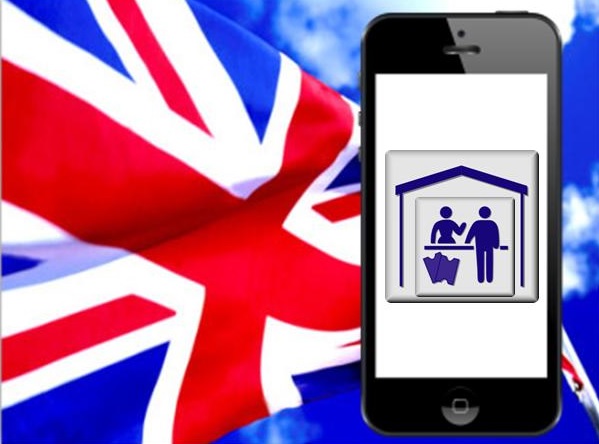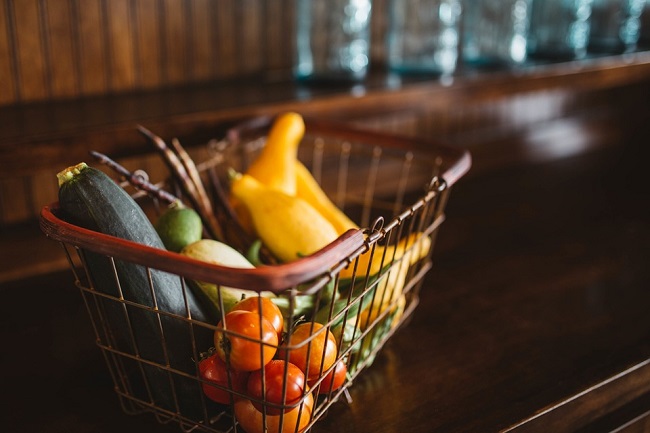Americans appear to be more hesitant to use their smartphones to make shopping purchases.
The most recent data from tech firm Ve Interactive has shown that mobile commerce adoption is greater in the U.K. than in the U.S. When it comes to online shopping, British shoppers seem to look to their devices more to make their purchase than Americans.
The m-commerce trends data was the result of a data analysis from more than 4,000 online companies.
The data showed that mobile commerce adoption has been greater in the United Kingdom to the point that it has surpassed desktop. U.K. shoppers now prefer to buy products and services using their smartphones than on their laptops and desktops. Mobile purchases now make up 58.7 percent of purchases in the United Kingdom. Comparatively, 54.6 percent of Americans are still using their desktops or laptops to buy. In the United States, mobile devices haven’t quite made it into the top spot yet.
This has gone against many mobile commerce adoption predictions made in the United States.
 Predictions about the takeover of mobile shopping in the U.S. have been made for some time. That said, the reality has been much slower to develop. While growth has been quite strong, the data from Ve Interactive has shown that U.K. m-commerce has been maturing much more quickly than it has in the U.S.
Predictions about the takeover of mobile shopping in the U.S. have been made for some time. That said, the reality has been much slower to develop. While growth has been quite strong, the data from Ve Interactive has shown that U.K. m-commerce has been maturing much more quickly than it has in the U.S.
There have been a number of theories to explain why the trend is notably stronger in one market than the other. Among them, one of the top considerations has been the simple fact that a larger percentage of the British population has smartphones than the American population. At the same time, the percentage of people in the U.K. who have laptops and desktops is falling at a faster rate.
Equally, smartphone adoption was faster earlier in the U.K. than in the U.S. This means that among the people who do have smartphones, the British have had a longer period of time in which to become accustomed to using their devices for a spectrum of daily activities.
That said, the official start to the holiday shopping season in the United States is nearly here. Many industry analysts expect that this time will be defining for mobile commerce adoption. It could soon be that the trends will see a significant shift in the U.S. as consumers begin purchasing in greater amounts.

 This, according to the SuperValu spokesperson. The company saw an
This, according to the SuperValu spokesperson. The company saw an 